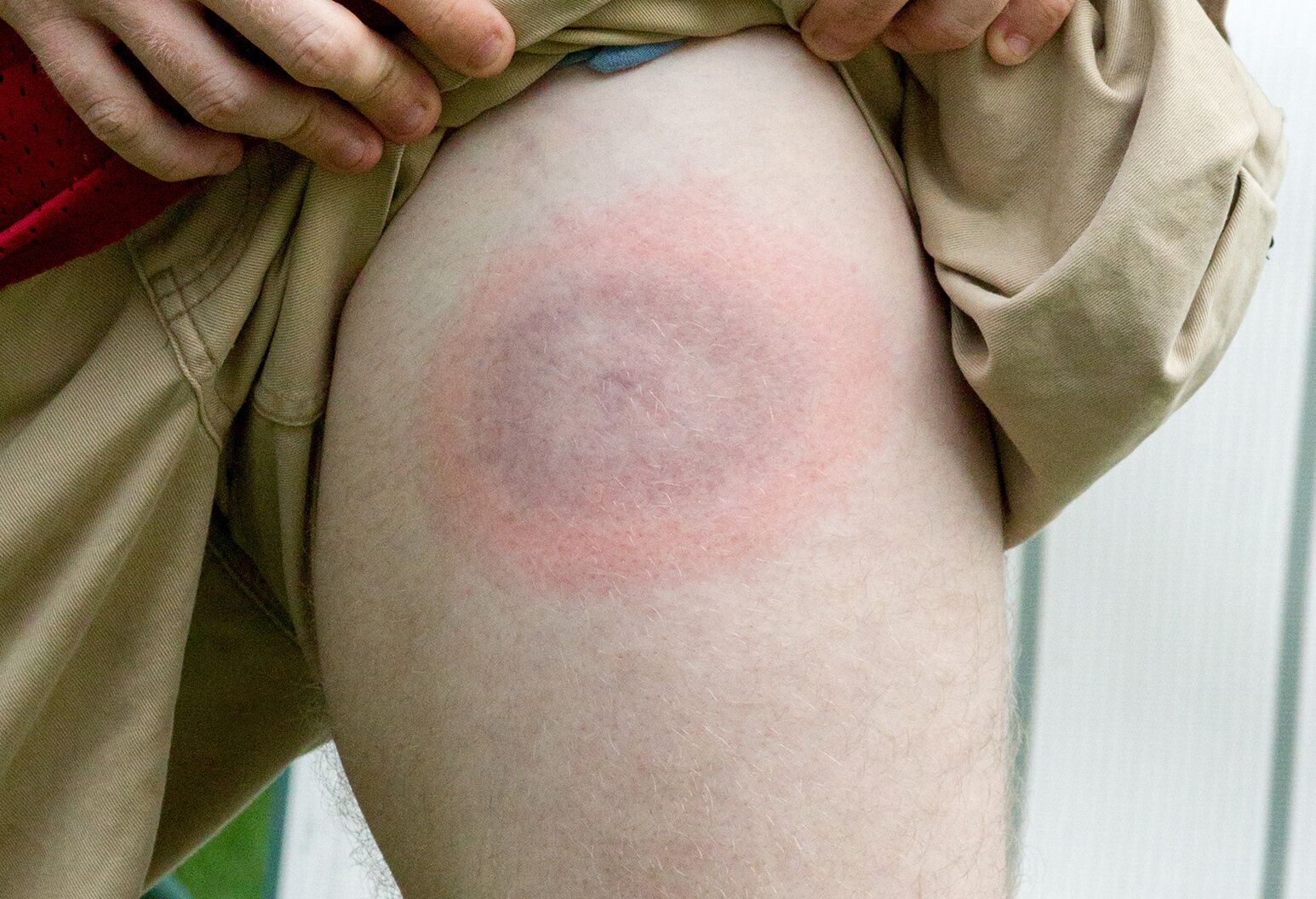Lyme Disease Awareness Month-- Discover How to Protect Yourself
April is designated as Lyme Disease Recognition Month, offering as a vital reminder of the value of understanding and avoiding this increasingly common tick-borne illness. As we discover the nuances of Lyme illness, it becomes clear that recognition is not just regarding information; it is regarding taking significant activity to safeguard ourselves and our areas.
Recognizing Lyme Disease
Comprehending Lyme Condition starts with recognizing its beginnings and transmission. This transmittable illness is mostly brought on by the microorganism Borrelia burgdorferi, which is sent to human beings via the bite of contaminated black-legged ticks, commonly referred to as deer ticks. These ticks grow in wooded and grassy locations, making outdoor activities a prospective danger for exposure.
The lifecycle of the tick is essential to recognizing how Lyme Illness spreads (Lymecare Alliance). Normally, the ticks begin feeding in the larval phase, often obtaining the microorganism from tiny animals, such as deer or rats. As they develop into adults or nymphs, they can then transmit the germs to larger hosts, including humans

Identifying Symptoms Early
Early recognition of Lyme Disease symptoms is critical for reliable therapy and recuperation. Lyme Disease, sent mostly via the bite of infected black-legged ticks, can cause extreme difficulties otherwise addressed immediately. The preliminary symptoms commonly show up within three to thirty days complying with a tick bite and might consist of high temperature, chills, tiredness, muscular tissue and joint pains, and swollen lymph nodes.
Among the hallmark indications of Lyme Condition is the particular erythema migrans breakout, which resembles a "bull's- eye" pattern and typically arises at the site of the tick bite. This rash might not show up in every case, making it important to stay alert regarding various other symptoms.
Individuals who have actually been in locations where Lyme Condition is native need to be cautious and check their health closely after possible exposure. Awareness and education and learning concerning these early signs are crucial in combating the impact of Lyme Disease.
Effective Avoidance Strategies
Protecting against Lyme Condition requires a positive method, especially for people that regular areas where ticks are prevalent. Recognizing reliable avoidance methods is crucial in reducing exposure to these disease-carrying arachnids.
First, it is important to put on proper clothes when in tick-infested atmospheres. Lengthy sleeves, long trousers, and closed-toe footwear can substantially lower skin direct exposure. Consider treating clothes with permethrin, an insect repellent that continues to be efficient through numerous laundries.
In addition, using a tick repellent having at the very least 20% DEET to revealed skin can additionally safeguard against bites. Consistently looking for ticks after outside activities is important; carry out thorough body examinations, especially in cozy, moist locations such as behind the knees and within the hairline.
Creating a tick-safe setting around your home is likewise valuable. Keep your lawn well-kept by cutting the lawn consistently, eliminating leaf litter, and creating obstacles of gravel or timber chips to separate wooded locations from entertainment spaces.
What to Do After a Bite
Quickly after a tick bite, it is important to take quick activity to decrease the threat of Lyme Disease transmission. Pull up with steady, also pressure; do not turn or jerk the tick, as this may trigger parts to damage off and stay in the skin.
Monitor the bite site for signs of infection, such as redness, swelling, or a breakout. It is necessary to be attentive for symptoms of Lyme Illness, which might consist of high temperature, cools, fatigue, and joint discomfort, usually appearing within 3 to 1 month post-bite. click this link If you discover a particular "bull's- eye" rash or experience any one of these signs, seek clinical attention quickly.
Educate your doctor of the tick bite, specifically if the tick was connected for greater than 24 hr or was engorged. Early intervention is essential in avoiding the start of Lyme Disease and guaranteeing efficient treatment if essential.
Resources for Further Details
Comprehending the steps to take after a tick bite is very important, but so is having accessibility to trusted sources for recurring education and learning concerning Lyme Illness. Numerous companies give detailed information to aid individuals remain informed about prevention, signs and symptoms, and treatment alternatives.
The Centers for Disease Control and Avoidance (CDC) provides a wide range of resources, including guidelines on tick avoidance and information on Lyme Illness statistics. Their web site is a vital starting point for any person seeking expertise regarding the condition's impact and just how to mitigate dangers.
Another useful source is the Lyme Disease Association, which concentrates on study, campaigning for, and education (Lymecare Alliance). Their platform includes posts, webinars, and updates on the most up to date scientific searchings for, making it an important tool for both individuals and healthcare professionals
In Addition, the American Lyme Illness Structure offers educational products customized for various audiences, including caretakers and outdoor enthusiasts. They straight from the source additionally host neighborhood occasions that advertise understanding and avoidance strategies.
For those seeking assistance, companies like the Tick-Borne Condition Alliance deal sources for getting in touch with regional support system and accessing patient-centered care. Using these sources can encourage people to protect themselves navigate here and their communities successfully.
Verdict

The lifecycle of the tick is vital to recognizing just how Lyme Illness spreads (Lymecare Alliance).The danger of Lyme Disease increases throughout warmer months when ticks are most energetic, particularly in regions where the condition is native to the island, such as the Northeast, Midwest, and parts of the West Shore of the United States. Lyme Illness, sent mainly through the bite of infected black-legged ticks, can lead to extreme issues if not attended to quickly.Instantly after a tick bite, it is essential to take quick activity to lessen the risk of Lyme Illness transmission. Recognizing Lyme disease, acknowledging its signs and symptoms, and executing efficient avoidance techniques can considerably minimize the risk of infection
Comments on “Why You Need To Obtain Entailed with the Lymecare Alliance Area”